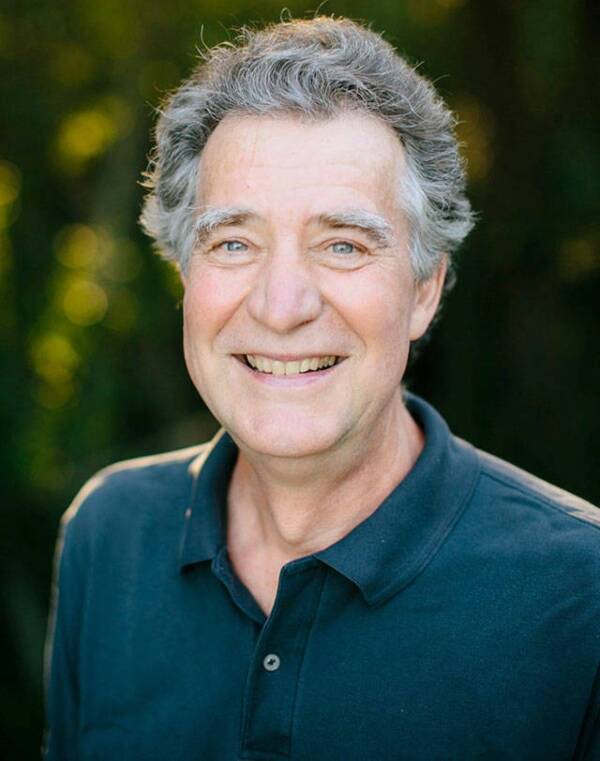As we welcome the benefits of the long summer days and warmth, let’s strive to make Vashon safer by reducing the risk of wildfires.
A recent paper in the Proceedings of the National Academy of Sciences (Turco et al., 2023: tinyurl.com/4rc67bej) showed the area burned by wildfires during the summers in California has increased fivefold since 1971 because of more arid conditions attributable to climate change.
The study found that increased temperatures and decreased precipitation fueled by growing human emissions of greenhouse gases were the primary causes. Increasingly, aridity has provided dry fuel for fires to consume, resulting in bigger and more intense blazes.
Vashon is exceptional with over three-quarters of the island covered by forests — which also provides an abundance of potential fuel for wildfires, increasing our island’s vulnerability and demanding we take great care to prevent them.
Compared to other parts of the Pacific Northwest, Vashon Island and other parts of Puget Sound usually get humid air and cooler temperatures at night, reducing chances for large dry and windblown wildfires. Nevertheless, the occasional shifts in wind direction can change these normal conditions and expose us to exceptionally hot, dry strong winds, making us extremely vulnerable to wildfires.
As Isabella Breda wrote in her timely June 26 Seattle Times article, “PNW primed for wildfire as officials prepare for a likely active season,” we are about 10 inches below average rainfall this year and are entering an El Niño year following three consecutive La Niña years which should result in warmer, drier conditions.
Matt Dehr from the Washington State Department of Natural Resources goes as far as saying “…we’re in store for a well above-average fire season in Washington, probably one of the worst fire seasons in the United States this year.”
According to the Insurance Information Institute, nearly 90% of US wildfires are caused by humans.
There are many ways people can cause wildfires including parking vehicles on vegetation, burning debris (it’s better to compost it!), unattended campfires, using mowing or other equipment improperly outdoors, cigarette butt littering, and poorly maintained tires and chains from towed vehicles sparking vegetation fires along roadways.
Luckily, our Vashon Island Fire and Rescue and VashonBePrepared organizations do a great job of informing us of summer wildfire hazards and how to best protect our vulnerable island. We are currently in a High Fire Danger State with a Stage One Burn Ban in effect. Now that fireworks are illegal in King County, we have decreased the risk of fireworks-induced wildfires.
Peter Ray has been documenting all the cigarette butts on a stretch of Vashon Highway lately: to raise awareness, he will have 360 butt photos on display at the Penny-Farcy building during the first Friday gallery cruise, from 5-9 p.m., on July 7; Mike Lasecki from King Conservation District will also be there to advise and answer questions about wildfire mitigation.
Peter reminded me of the Washington State RCW 70A.200.060 classifying cigarette butts as hazardous waste and subject to a littering fine of up to $1025, so please dispose of your cigarette butts properly!
Check out VIFR’s website for local resources and wildfire prevention tips, including:
- Moving flammable objects at least 30 feet from your home;
- Cleaning your roof, gutters and decks of leaves and other flammables
- Shielding screen vents, eaves and under decks from embers by covering the openings with 1/8” wire mesh.
- Clearing dead vegetation at least five feet from your home, and pruning nearby limbs at least 6-10 feet above ground.
The King Conservation District offers an excellent Forest Stewardship class, as well as project Firewise resources. Find out more here.
As Paul Hessburg and coauthors noted in their 2021 “Ecological Applications” paper, “Wildfire and climate change adaptation of western North American forests: a case for intentional management,” we need to reframe forest management practices and modify government policies in light of our rapidly changing climate and landscape changes of the last century.
So considering our abundance of forests — in addition to our due diligence, how else can we best mobilize our residents, local experts, relevant island organizations and elected leaders to improve our local forest management practices to increase Vashon resilience and protect us from potential devastation due to wildfire?
We welcome your ideas, and thanks for keeping Vashon safe this and every coming summer.
— Steve Bergman is a geologist, Zero Waste Vashon and Vashon Makerspace board member, and Whole Vashon Project advisor. This commentary is part of an ongoing series of “Green Briefs,” published in The Beachcomber in partnership with the Whole Vashon Project.



